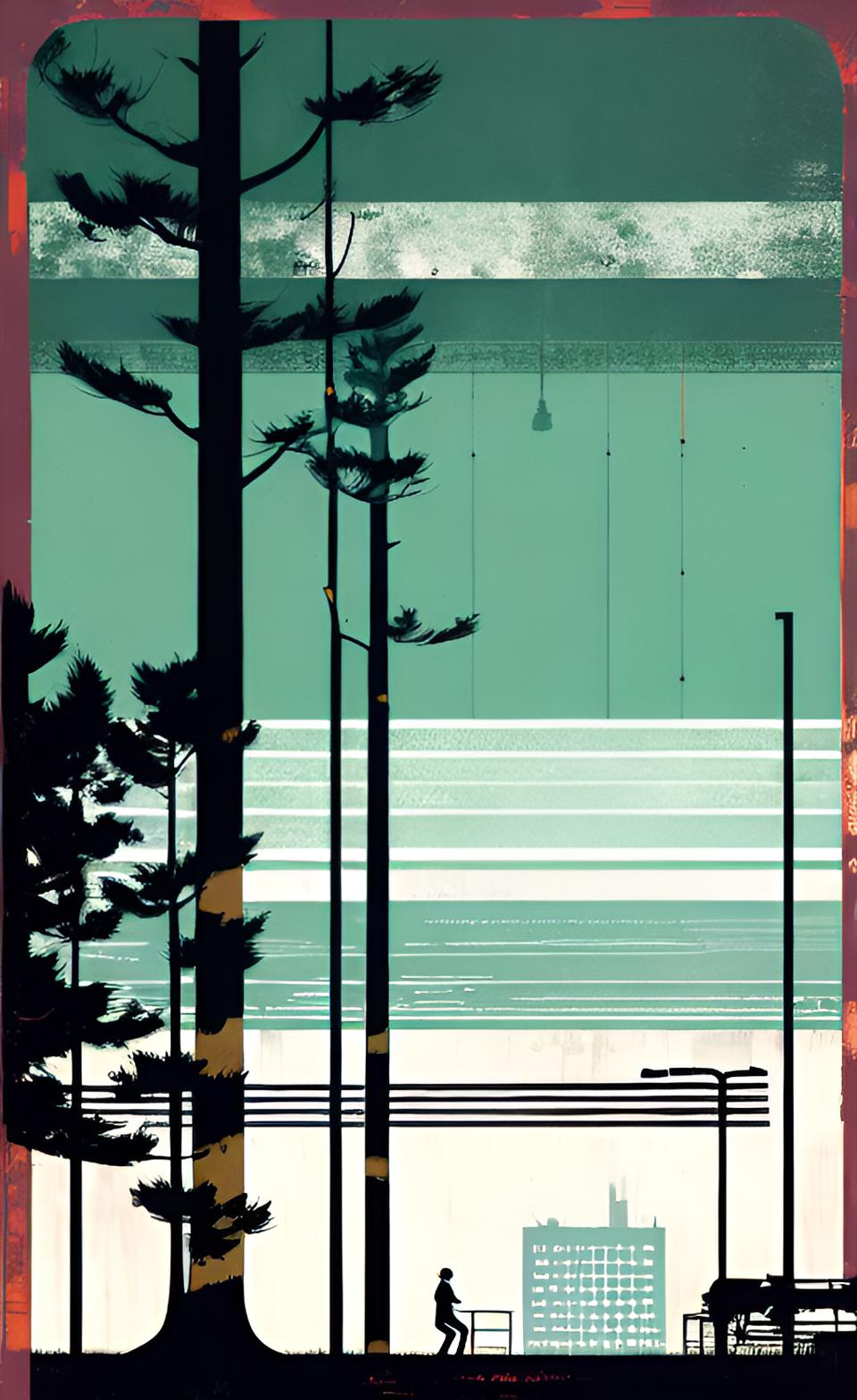What are they?
by Jack Smits
(Richmond Hill, Ontario)
MYSTERY PILLARS: "The air was very cold and filled with small ice crystals on Dec. 28th when we saw these strange pillars of light," reports Aigar Truhin of Sigulda, Latvia. Many people have seen light pillars. They appear during winter when city lights shine upward into the icy air. Reflections from plate-shaped crystals spread the light into a vertical column: examples.
Truhin's pillars, however, are not the ordinary kind. Even two leading experts in atmospheric optics can't quite figure them out: "These pillars are mysterious," say Les Cowley and Marko Riikonen. "They have unexplained curved tops and even curved arcs coming from their base. Arcs in rare displays like these could be from column crystals to give parts of tangent arcs, others could be the enigmatic Moilanan arc or even the recently discovered reflected Parry arc. We do not know !"
Jack Smits
Richmond Hill
Barry's Response - You've got me on this one, Jack. Maybe I'll need to consult another expert.
Parry arcs look like light-colored circles surrounding a light source. In ice crystal atmospheres, they appear 22 degrees from the light. This angle is set by the hexagonal structure of the ice crystal.
Moilanan arcs give a V shape like the cone shape at the top of the columns in your photo. They're often associated with Parry arcs, appear at 22 degrees as well, and sometimes at half that angle. This could mean that the image has additional distortions if these don't match. Like when meteorologists deal with weather radar problems sometimes or an undocumented phenomenon as you suggest.
A bit more on these things - Parry arcs, Moilanen arcs, and sundogs are all atmospheric optical phenomena caused by sunlight interacting with ice crystals. Despite their similarities, they're different:
- A Parry arc shows up as a type of halo that appears as partial circles or arcs of light around the sun. When sunlight passes through horizontally oriented plate-shaped ice crystals in the atmosphere, they take place. Halo phenomena like Parry arcs are usually faint and less common than others.
- Circumzenithal arcs: Moilanen arcs - vibrant, colorful arcs of light that form near the zenith (the point directly above the observer). When sunlight interacts with pencil-shaped ice crystals, they form. Moilanen arcs look like an upside-down rainbow, usually with bluish hues at the top and red at the bottom.
- We see Parhelia, or mock suns, as bright spots of light that appear on either side of the sun. In high, thin cirrus clouds, hexagonal plate-shaped ice crystals refractive sunlight. Sundogs (common name for them) usually appear bright and display a variety of colors, including red, orange, and yellow. Usually they're show up at the same elevation and distance from the sun as the sun.
Search this site for more information now. Last but not least, we have...
Cold weather light pillars, or ice pillars or frost pillars, show up as fascinating atmospheric phenomena that occur during very cold temperatures, typically in winter.
They look like vertical columns of light extending upwards from the ground.
Ice crystals suspended in the air reflect and refract light to create light pillars. When it gets cold, moisture in the air freezes into tiny ice crystals that form flat, plate-like shapes. A kind of optical illusion appears when these ice crystals float in the air.
It's best to observe a light pillar in the evening or early morning, when you can see a strong surface based light source, like streetlights or the setting sun. As the light passes through the ice crystals, it gets reflected and refracted. As a result, a vertical column of light extends upward, often appearing as a pillar of color or a series of bright columns.
Depending on the angle and intensity of the light source as well as the orientation and position of the ice crystals, light pillars can vary in height and shape. And with certain light sources and atmospheric conditions, they can look white, yellow, orange, pink, or even red.
We find something magical about light pillars, creating an otherworldly ambiance. They're common in cold regions around the world, especially when there's a lot of ice crystals in the air or urban lighting.
All three phenomena mentioned above are caused by ice crystals bending (refraction) and reflecting sunlight. In cold regions with ice crystal-rich clouds, like winter or polar regions, they're more common.
Aerial optical effects add beauty and intrigue to the sky, showcasing light and ice interactions. We can appreciate the complexities of the atmosphere and its stunning visual displays more if we observe and understand these phenomena.
Despite being a captivating natural phenomenon, light pillars cause no harm or danger. For those lucky enough to witness them, they offer a beautiful display of light and ice in cold weather.
Comments for What are they?
|
||
|
||
Do you have concerns about air pollution in your area??
Perhaps modelling air pollution will provide the answers to your question.
That is what I do on a full-time basis. Find out if it is necessary for your project.
Have your Say...
on the StuffintheAir facebook page
Other topics listed in these guides:
The Stuff in the Air Site Map
And,
Thank you to my research and writing assistants, ChatGPT and WordTune, as well as Wombo and others for the images.
GPT-4, OpenAI's large-scale language generation model, helped generate this text. As soon as draft language is generated, the author reviews, edits, and revises it to their own liking and is responsible for the content.



